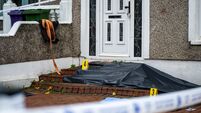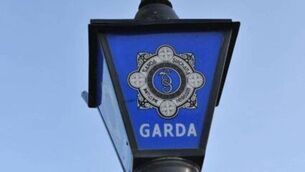Ambulance sent 171km from Castletownbere to Slea Head due to shortages and delays
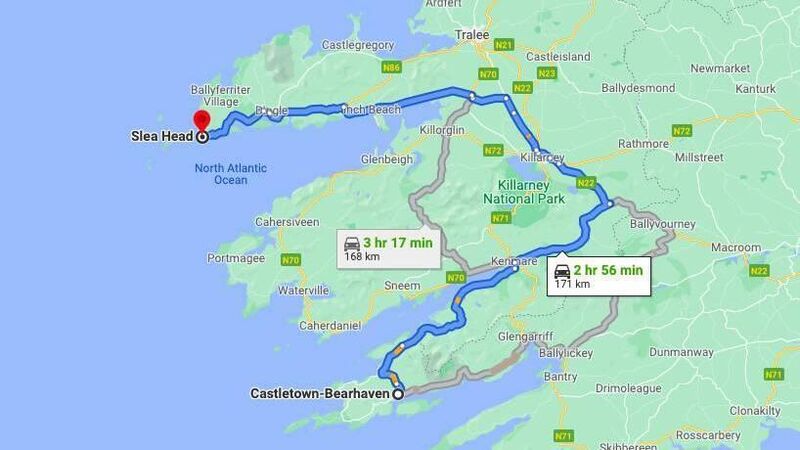
The route from Castletownbere to Slea Head. Picture: Google Maps
Ambulance services are so stretched in Cork and Kerry that a crew was dispatched from Castletownbere to Slea Head — a three-hour journey — because there were no ambulances available that were nearer.
The Oireachtas health committee heard yesterday of this and other long journeys caused by the combined impact of staff shortages and delays transferring patients into crowded hospitals.
This call for a crew to travel 171km to the scene of a car accident in late September is not unusual, according to Siptu sector organiser Ted Kenny.
He said crews around Ireland can put up “500 and sometimes 700km in a day” if they are dispatched to another county.
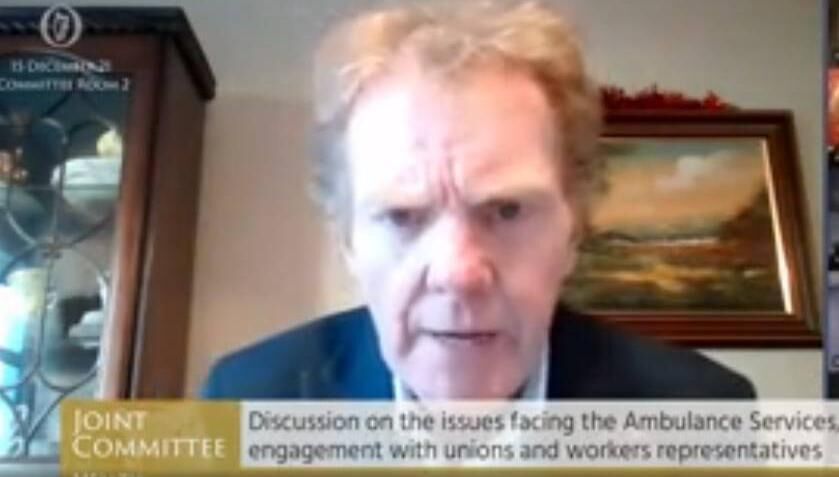
Speaking to the after the committee hearing, Mr Kenny said these distances are a potential risk for patients.
Cardiac arrests, he said, should be attended within 19 minutes “in order for the patient to survive”.
Mr Kenny said there are two ambulances in Tralee, one in each of Listowel, Dingle, Killarney, Kenmare, and Cahersiveen.
“They all operate 12-hour shifts, 24-7,” he said.
"In this particular instance, the ambulances were either transferring patients out of the county to Cork University Hospital or they were tied up in A&E. So there was no ambulance available in Kerry at the particular time of that car accident.”
Usually, when a 999 call is made, the system defaults to the ambulance closest to the incident. In this case, that was Castletownbere.
“That means Millstreet and Macroom were tied up as well, Cork City was tied up, Bantry was tied up, so Castletownbere was the next available,” he said.
Mr Kenny understands the crew did not reach Slea Head, but instead were turned back en-route when a closer ambulance became available.
However, he stressed this is not an isolated incident.
"We had cases where the ambulance in Castletownbere was dispatched to an incident in Waterford,” he said.
“They would have gone there and collected patients.”
This is a round-trip of 490km, taking three and half hours each way.
Siptu is calling for increased staffing, he said, noting the Irish National Ambulance Service has 2,000 employees compared to 5,000 in Scotland.
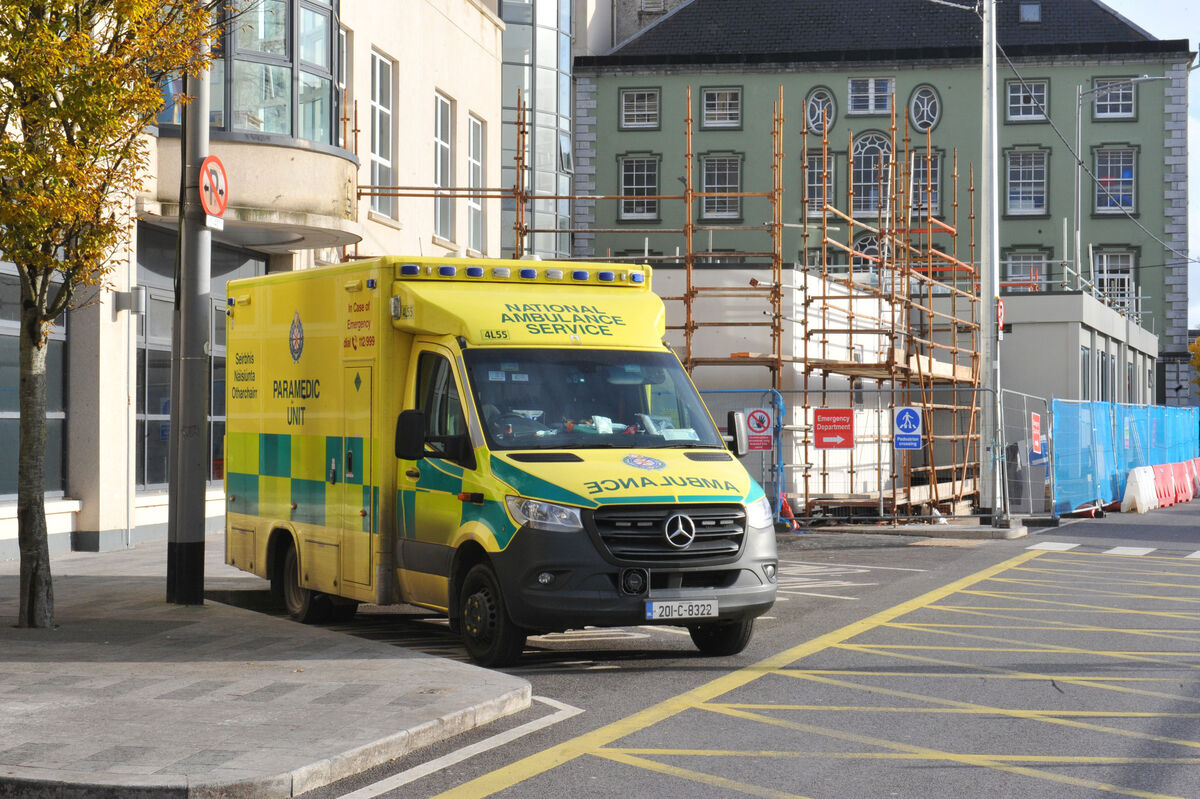
“There has been an increase of more than 20% in emergency calls since February 2021, which has contributed to delays in ambulance response times to 999 calls,” he told the committee.
“This has undoubtedly increased pressure on staff.”
He urged people to avoid calling ambulances unnecessarily, telling the committee that “broken toenails” have been reported following call-outs.
The committee also heard from HSE national director for acute operations Liam Woods.
He said the dispatch system aims to send “the nearest available resource” to incidents.
"For example, an ambulance based in Killarney may be dispatched to a call in Cork if it has just handed over a patient in Cork University Hospital and it is the nearest available ambulance to the incident,” he said.
Mr Woods said recruitment is being “outpaced” by demand for services, saying demand is higher now than in 2019 despite Covid pressures.
The budget for the National Ambulance Service this year is €187.5m, an increase of €13.6m (7.8%) on last year.
“In 2022, the total budget available to NAS is expected to reach €200m,” said Mr Woods.
An additional €10m will also be made available for mobile testing and outbreak teams next year.




